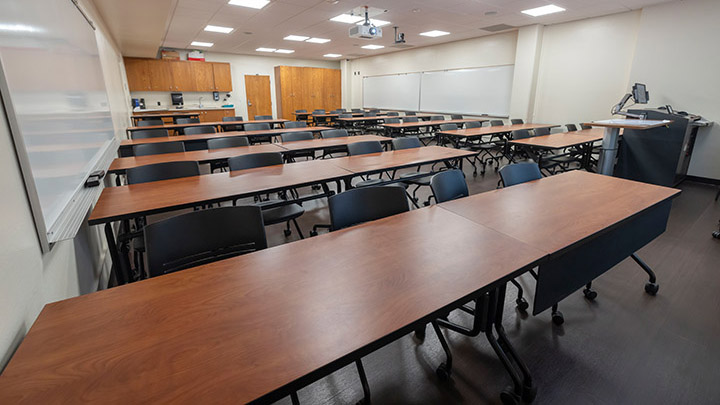The Evolving Importance of Classroom Environments

The Role of Classroom in Education
Classrooms have long been considered the heart of educational institutions. They are not only physical spaces where teaching and learning occur but also play a crucial role in shaping students’ experiences and outcomes. With the recent shifts towards hybrid and remote learning, understanding the importance of an effective classroom environment has never been more significant.
Impact of Classroom Design
The design and layout of classrooms greatly influence student engagement and learning. Studies indicate that flexible seating arrangements and access to natural light can enhance students’ focus and participation. For instance, a 2022 survey by the UK Department for Education revealed that 78% of teachers believe that classroom design significantly affects student performance. As schools consider these factors, innovative designs that incorporate technology and collaborative spaces are on the rise.
Recent Developments in Classroom Practice
Recent educational reforms have emphasized the importance of modern teaching methodology within the classroom. Techniques such as project-based learning and flipped classrooms are now common, encouraging active participation rather than passive reception of information. In 2023, a pilot programme in London demonstrated a 25% increase in student engagement through these techniques, showcasing the power of an adaptable learning environment. Furthermore, the integration of digital tools like interactive whiteboards and learning management systems continues to reshape classroom dynamics.
The Future of Classrooms
As educational paradigms continue to shift, the classroom of the future is likely to become more technology-driven and student-centred. Experts predict that by 2025, over 50% of classrooms will feature augmented and virtual reality tools, allowing for immersive learning experiences that were previously unimaginable. This integration is expected to accommodate diverse learning styles, making education more inclusive.
Conclusion
In summary, classrooms are essential to the educational experience, impacting how students learn and interact. As we adapt to newer norms post-pandemic and integrate advances in technology, the traditional notions of a classroom continue to evolve. For educators, administrators, and policy-makers, investing in effective classroom environments is crucial, not only for enhancing learning outcomes but also for preparing students for a dynamic future. The ongoing exploration of classroom strategies will remain imperative, reflecting the needs of the next generation.








